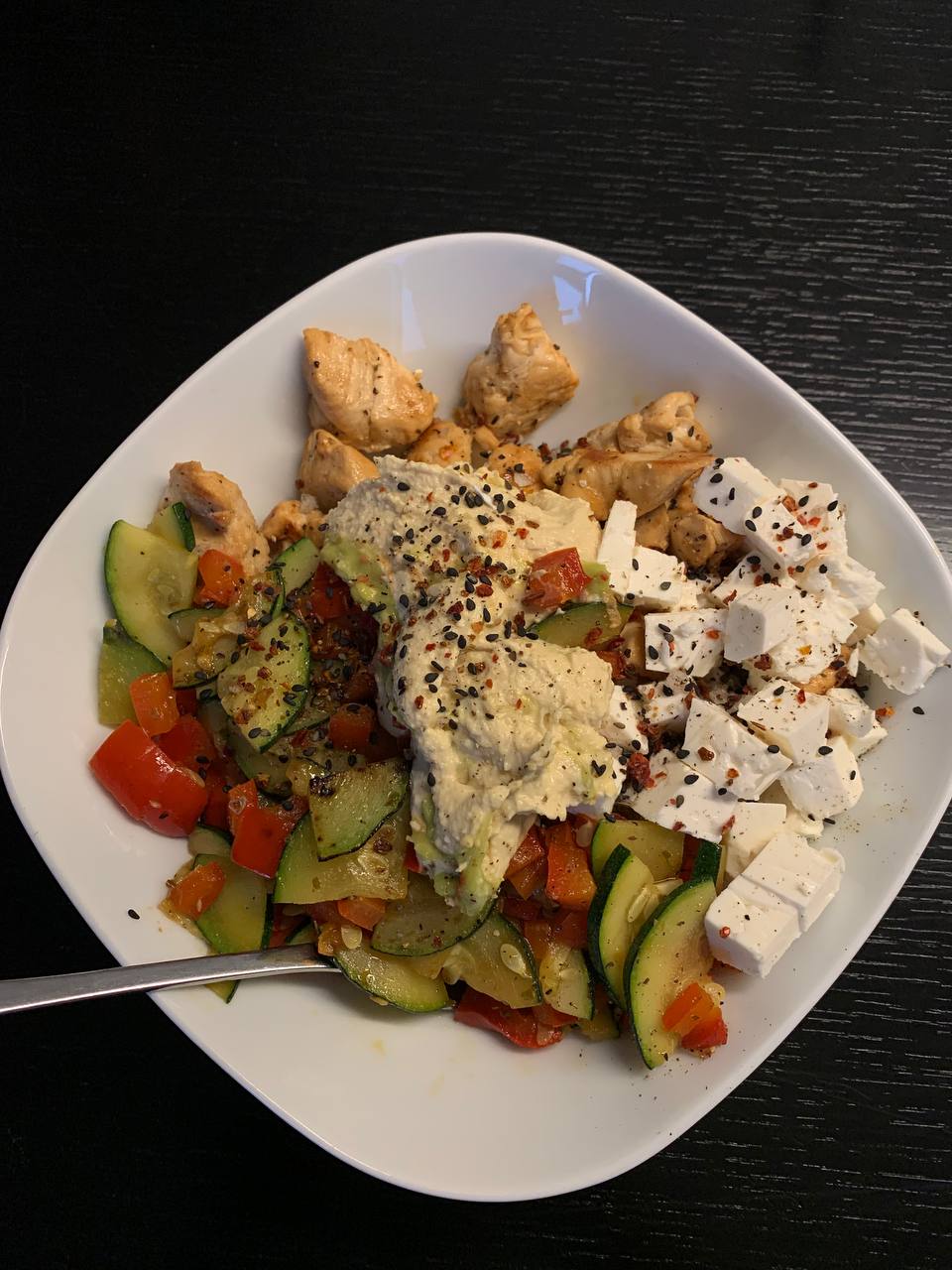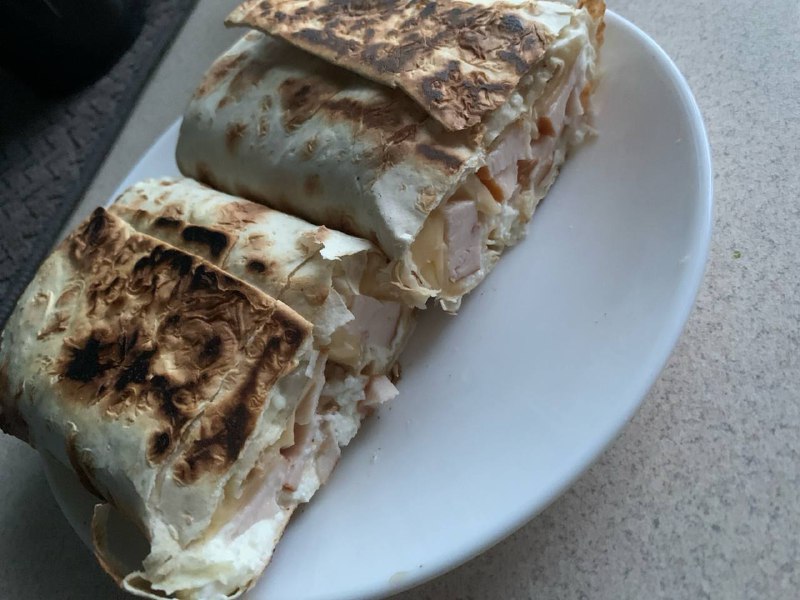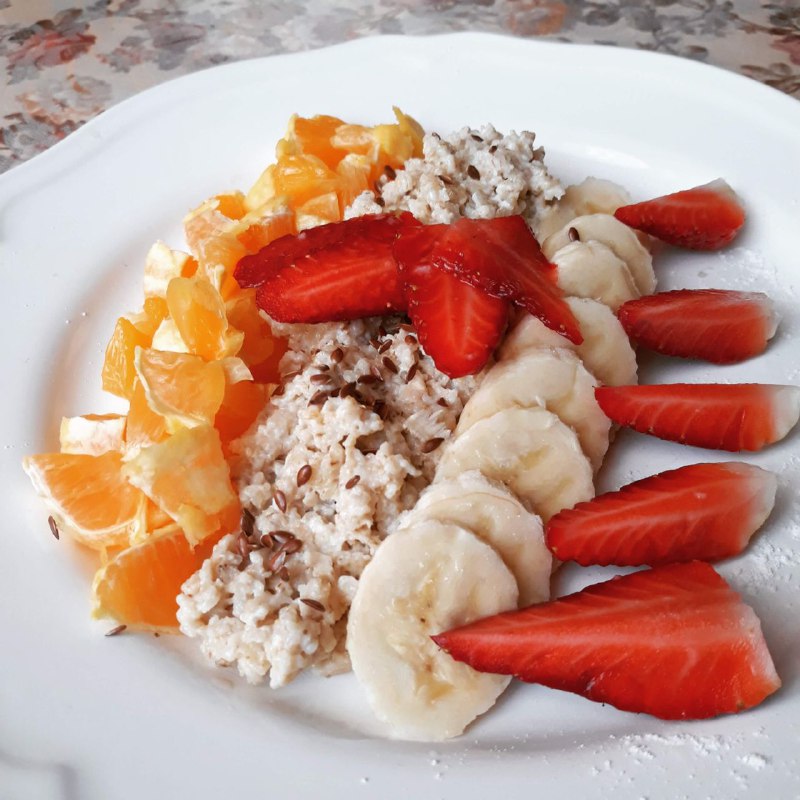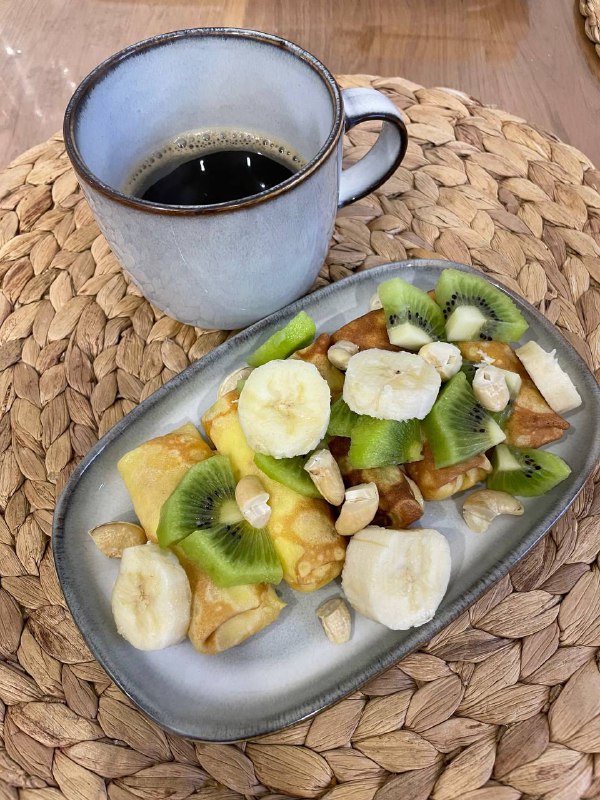plate.bot
track your foodEaster Bread Or Cake (e.g., Paska, Kulich) Recipe
The delightful Easter treat showcased in the photo is a beautiful rendition of traditional frosted Easter bread or cakes, known in various cultures as Paska, Kulich, or by other names depending on the exact regional heritage. This baked goodie holds a special place in the heart of Easter celebrations among Eastern European populations, symbolizing the joy, renewal, and warmth of spring. Crafted with care and adorned with lovely decorations, it captures the essence of festive gatherings and familial love. Traditionally, these breads or cakes are baked in preparation for the Easter feast, marking the end of Lent and the resurrection of Jesus in Christian traditions. They are often blessed during Easter services, adding a sacred touch to their consumption.

🌎 Eastern European: Bakery
- 🔥 Calories 250kcal
- 🍗 Protein 6g
- 🍚 Carbs 40g
- 🧈 Fat 8g
🥗 Ingredients:
- flour (200g)
- eggs (100g)
- sugar (50g)
- butter (80g)
- milk (120g)
- yeast (10g)
- salt (5g)
- dried fruits (e.g., raisins) (50g)
- nuts (30g)
- candied fruit or peel (20g)
- icing or frosting (60g)
🍳 How to cook (0 serving):
Overview
Paska or Kulich Easter bread typically involves a sweet, rich dough often enriched with eggs, butter, and milk, making the texture soft and fluffy. After rising, the dough is baked until golden, then finished with a sweet glaze and decorated to celebrate the occasion. Common toppings include sprinkles, nuts, and dried fruits, adding a colorful and festive touch. The specific decorations and ingredients can vary based on family traditions and regional variations.
Ingredients
- Flour - Eggs - Sugar - Butter - Milk - Yeast - Salt - Dried fruits (such as raisins) - Nuts - Candied fruit or peel - Icing or frosting (often a simple frosting made with powdered sugar and lemon juice or water) Decorations may include sprinkles, additional nuts, or small fruits on top. These ingredients may vary, reflecting the unique touches each baker brings to this traditional dish.
⭐️ Nutrition facts:
Given the ingredients typically involved in Easter breads such as Paska or Kulich, this dish is rich in carbohydrates and fats, contributing to its dense, moist texture. The presence of eggs and milk also adds a modest amount of protein, essential for tissue repair and growth. While this dish is energy-dense, due to its sugar and butter content, it also represents a celebratory treat enjoyed during Easter festivities, meant more for its cultural significance and tradition rather than daily consumption.
You may also love
Explore More Recipes
By using this site, you agree to read and accept our terms of use, refund policy and privacy policy.
© Copyright 2025. All rights reserved.





